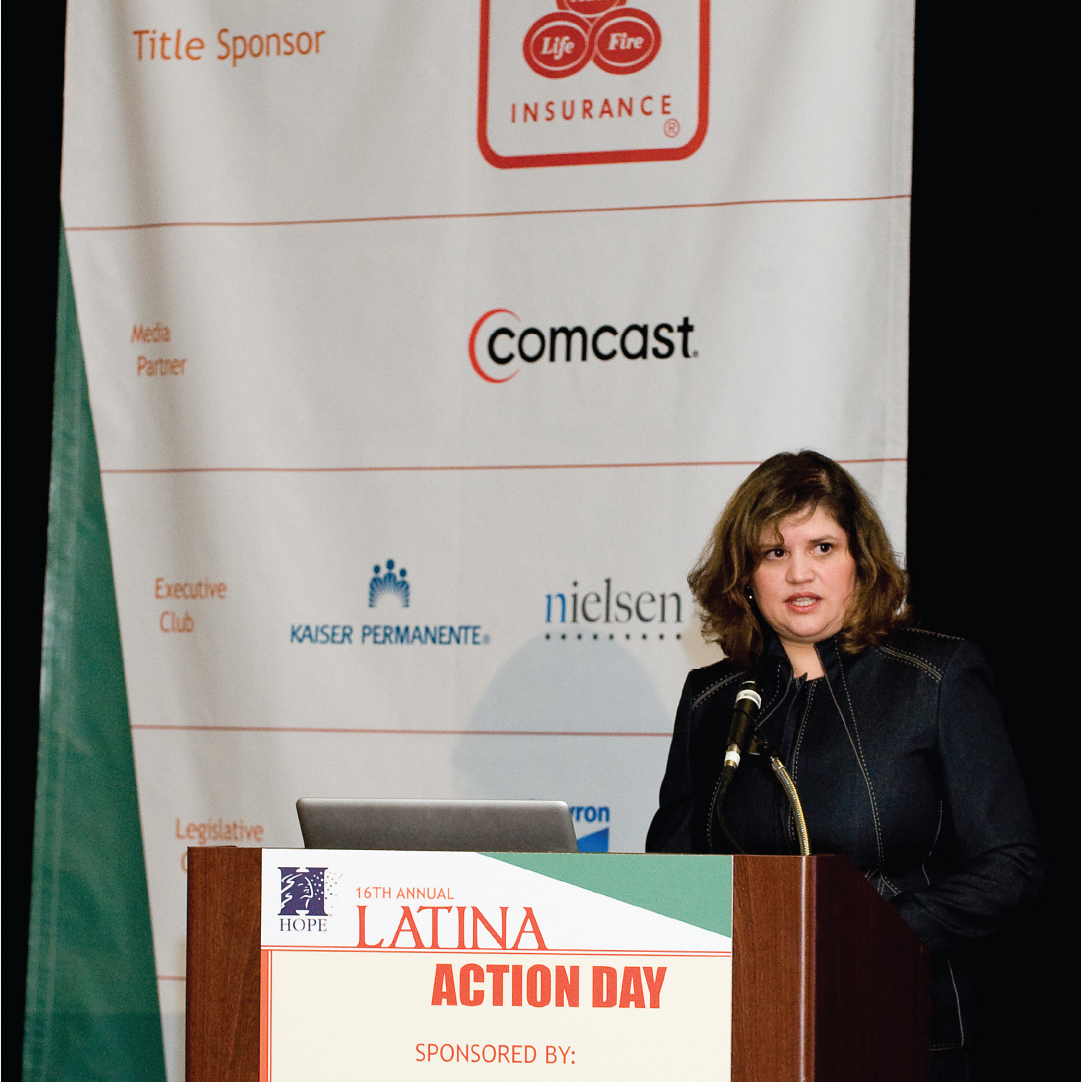Chapter 4
Helen Torres was born in Puerto Rico but spent her early childhood in a diverse Detroit neighborhood of Polish, Hispanic, Lebanese, and Euro-American families. The summer before she entered third grade, her family moved. Now in a suburb populated mostly by white families, the Torreses were the only Hispanic family in the area.1 Excited about the change, Helen’s mother immediately volunteered to help out with activities at Helen’s new school, including fund-raising and school parties.
Soon an incident occurred that changed Helen’s view of communication and culture forever. A parent called Helen’s mother and asked her to bake cupcakes for an upcoming school event. Helen’s mother, a bilingual but dominantly Spanish speaker, didn’t know what “cupcakes” were. Why would anyone want a cup-sized cake? Concluding that the caller must be confused, Helen’s mom baked a beautiful full-sized cake and brought it to school. Seeing the cake, the other kids teased Helen. “I shut them up,” Helen explains. “I said, ‘My mom can speak two languages. Can yours? ’”
The cupcake incident quickly faded from Helen’s classmates’ memories, but for Helen’s mother it fostered a sense of insurmountable difference between her and the other mothers. She stopped volunteering for school functions, afraid of embarrassing her daughters. For Helen, the misunderstanding inspired an intense curiosity about communication and cultural difference. This curiosity would eventually lead her to earn a master’s degree in communication, and to become a national activist on behalf of Hispanic civil rights.
Years later, Helen hosted a roundtable for a federal agency looking to expand its reach and service to underrepresented communities. One participant was a woman who ran a nonprofit organization helping victims of eastern European war crimes establish themselves in the United States. The woman spoke slowly and nervously, with a thick accent. Helen immediately sensed that the other group members were getting irritated with how long the woman was taking to express herself. As Helen describes, “I kept imagining my mother and the cupcake. So I told the other group members to be patient with her and allow her extra time to speak. She had great ideas, and the fact that she was willing to share these with us meant that we should support her.”
Today, Helen Torres is executive director and CEO of Hispanas Organized for Political Equality (HOPE), an influential nonprofit committed to achieving political and economic equality for Latinas through leadership, advocacy, and education. But she still recalls the cupcake incident and its impact on her life. “Some may think it’s a silly story, but it illustrates a profound point: communicating competently with people from other cultural communities is an essential skill. We must be able to bridge cultural divides through our communication to ensure that all people have their voices heard, understood, respected, and valued, and that no one feels the sense of alienation that my mother once did.”

Have you been in situations in which, like Helen’s mother, you felt distant from others because of cultural differences? How did you bridge such di-vides? One way to approach such situations is through your communication. By understanding cultural influences and improving your ability to communicate competently with people from other cultures, you can build more positive and mutually satisfying connections with them. In this chapter, you’ll learn:
- The defining characteristics of culture
- What co-cultures are, and their role in communication
- The impact of ingroups, outgroups, and prejudice on communication
- The ways cultural differences influence how people communicate
- How to improve your intercultural communication competence